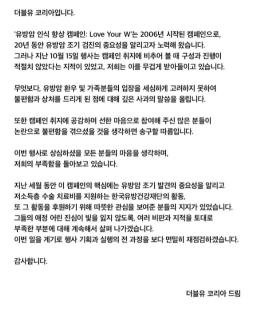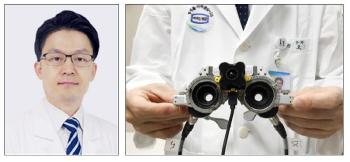Epilepsy 5 per 1,000 people, suspected in two or more unprovoked seizures
Aug 06, 2025
|
Epilepsy is a chronic disease in which repeated seizures occur due to excessive electrical discharge of cranial nerve cells. If two or more seizures occur without any specific trigger, it is diagnosed as epilepsy. In the past, the term 'interstitial' was used, but now the term 'Encephalopathy' is used to reduce social stigma.
Professor Moon Hye-jin of the Department of Neurology at Soonchunhyang University Bucheon Hospital said "The condition in which seizures do not stop for more than 5 minutes or the patient cannot recover consciousness due to consecutive seizures is 'Encephalopathy persistent'. This is a life-threatening emergency and requires prompt treatment.'
Outbreaks are possible at all ages, but they are especially common in children under 5 years of age and older than 65. In children, genetic diseases, brain damage before and after childbirth, metabolic abnormalities, and nervous system abnormalities are the main causes, and in adults, stroke, brain tumors, traumatic brain injury, dementia, encephalitis and meningitis are considered risk factors. According to a report by the epidemiological committee of the Korean Epilepsy Society, about five out of every 1,000 people in Korea suffer from epilepsy, especially in the elderly aged 75 or older.
The key to diagnosing epilepsy is listening to a medical history that details the seizure pattern. In many cases, the patient's own memory is incomplete, so statements from guardians or witnesses are very helpful in diagnosis. In addition, abnormal electrical activity is confirmed by electroencephalography (EEG), and structural causes are evaluated through brain MRI or CT. If necessary, long-term EEG monitoring tests, blood tests, urine tests, and cerebrospinal fluid tests are also performed.
The classification of epilepsy seizures is in accordance with the 2017 International Federation for the Prevention of Epilepsy (ILAE) standards. It is divided into 'systemic seizures' that begin simultaneously in a wide range of areas on both sides of the cerebrum, 'local onset seizures' that begin at a local site, and 'unknown onset seizures' where the onset of seizures is unknown.
Epilepsy is easily confused with fainting, panic disorder, tick disorder, narcolepsy, and night vision, so accurate differential diagnosis is required.
Treatment is based on medication using anti-epilepsy drugs. Drugs prevent seizures by suppressing excessive discharge of brain nerve cells, and treatment effects can be expected only when taken steadily. About 70% of patients have seizures controlled by medication, but 30% have refractory epilepsy that does not respond to drugs. In this case, brain surgery, cranial nerve stimulation (American nerve stimulation, deep brain stimulation), ketogenic diet therapy, etc. are considered.
Lifestyle management is also important. Regular medication is essential, and sleep deprivation and heavy drinking should be avoided and the rhythm of life should be kept constant. Some drugs or health supplements can affect the effectiveness of anti-epilepsy drugs, so specialist counseling is required before taking them.
Epilepsy is not contagious and it is not a mental illness. Most of them are not inherited and are common diseases that anyone can get. If you haven't had a seizure for more than a year and your treatment is well maintained, you can drive, and there are no legal restrictions on employment and marriage. However, the operation of public transportation or the operation of heavy equipment may be restricted for safety.
Professor Moon Hye-jin said "Estromia is a chronic disease that can be controlled. It is important for medical staff, patients, and guardians to team up and continue treatment without giving up.'
|
This article was translated by Naver AI translator.















